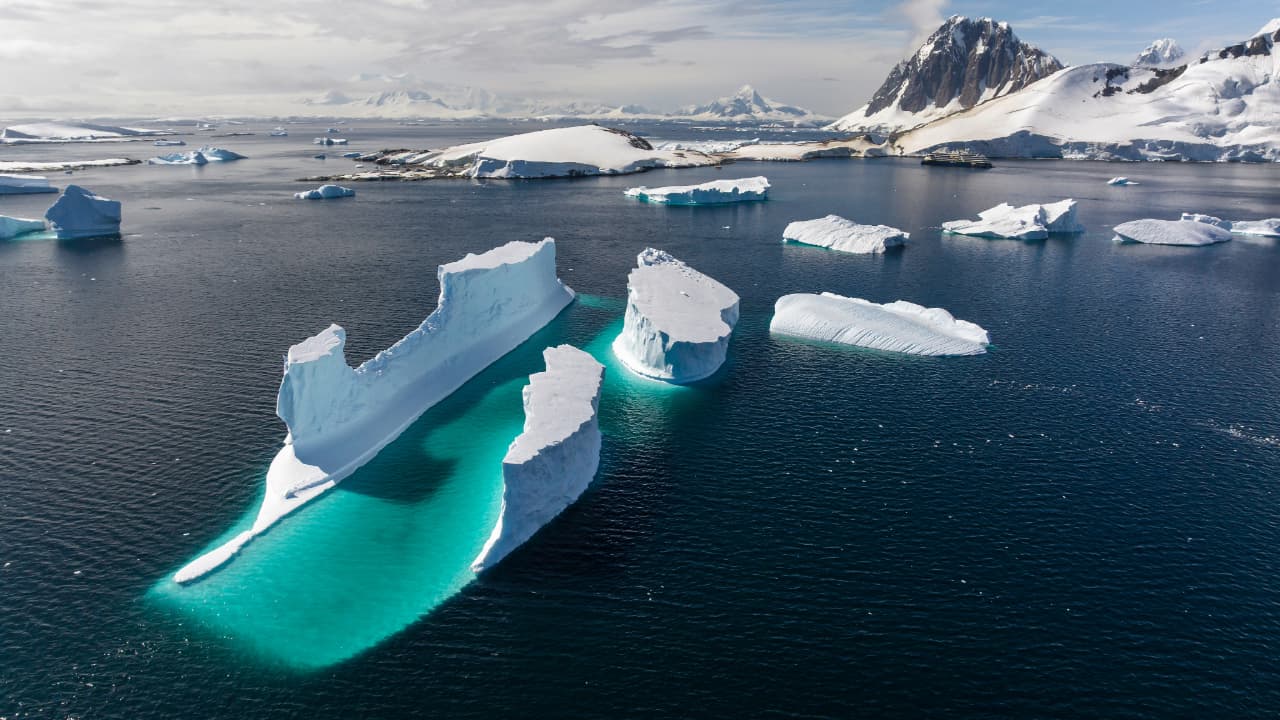New research reveals that melting Antarctic sea ice at the end of the last Ice Age significantly slowed the ocean’s ability to store carbon, which rapidly warmed the planet. Learn why this historical event serves as a crucial warning today.
At the end of the last Ice Age, something important happened off the coast of Antarctica. The sea ice there began to melt back towards the continent, like taking the cap off a soda bottle. This change reduced pressure in the ocean, which slowed down a vital process that helps trap carbon dioxide deep in the ocean. As a result, the planet warmed much faster.
That was a key moment that helped bring the Ice Age to an end. But today, the Antarctic sea ice is shrinking again, raising urgent questions about how this important ocean process might change and how that could affect our climate.
The Ocean’s Carbon Storage
Warming in the Antarctic Ocean helped end the last Ice Age. For a long time, scientists believed that there was a “seesaw” effect between the Antarctic and the North Atlantic Oceans. When one ocean’s deep water warmed and slowed down, the other ocean’s deep water would cool and speed up, and vice versa.
But this new research by Chengfei He, a climate scientist at Northeastern University, suggests a different story. The team used a method called radiocarbon dating on sediments from the deep seabed, and found that the deep waters in both the Antarctic and North Atlantic actually weakened at the same time, not like a seesaw, but more like two heavyweights sinking together. The study was published in the journal Nature Communications.
What Is Antarctic Bottom Water and Why Does It Matter?
One key part of this process is something called Antarctic Bottom Water, or AABW. This is very cold, salty water that forms near Antarctica when sea ice freezes. Because it is so dense, it sinks to the ocean floor and slowly moves northwards along the sea bed. Eventually, this water rises back to the surface somewhere far away. This sinking and rising of water is called the overturn rate.
What makes AABW so important is its role in storing carbon dioxide. It traps huge amounts of CO₂ from the atmosphere and locks it deep in the ocean for hundreds of years. If the overturn rate speeds up, the deep water will rise faster, releasing that stored CO₂ back into the atmosphere. This could cause big changes in weather, disrupt global climate patterns, and reduce how much carbon the ocean can absorb.
How Do You Carbon Date Water?
Carbon dating is used to determine the age of things like fossils or ancient bones. But how can scientist use it to study water? It works because of a special form of carbon called radiocarbon. This type of carbon is radioactive and breaks down at a steady rate, like a natural rock.
When water is at the surface, it absorbs fresh radiocarbon. As it sinks and stays deep for a long time, the radiocarbon slowly decays. And when this water releases sediments on the seabed, those sediments contain tiny amounts of radiocarbon.
Scientists collect samples from the ocean floor and measure this to learn about how old the water was when it sank and how fast it moved. Using this method with advanced Earth system computer models, Chengfei He and his colleagues discovered something surprising. Around 17,000 years ago, during the early warming period after the Ice Age, the deep Antarctic water appeared to be moving faster based on radiocarbon ages. However, the water was, in fact, moving slower; it just started with younger radiocarbon at the surface.
What Happened at the End of the Ice Age?
Between about ,000 and 17,000 years ago, the Antarctic sea ice melted back, and the formation of Antarctic Bottom Water slowed down. This meant less carbon dioxide was being trapped in the deep ocean. At the same time, deep water formation in the North Atlantic also weakened.
Imagine two huge underground carbon storage tanks both losing their ability to hold CO₂ at once. This caused a massive increase in CO₂ levels in the atmosphere. Although this change took place over about 2,000 years, it accounted for around half of the total CO₂ rise during the entire 8,000-year warming period that ended the Ice Age.
Why Is this Research Important
The researchers say what happened back then could be a warning for today. Recent observations show that Antarctic Bottom Water is weakening again as the Southern Ocean warms. As the oceans continue to warm, the deep ocean’s ability to trap carbon will slow down. And understanding how these deep ocean waters behaved during past climate shifts helps scientists predict what might happen in the future.
